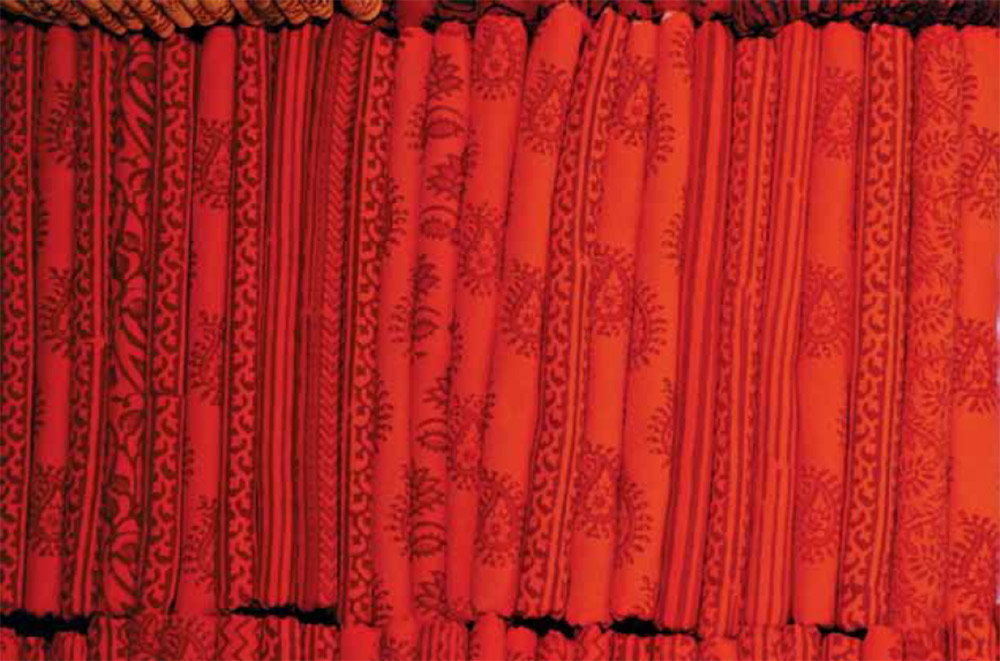Both Gujarat and Rajasthan have historically been, and continue to be, states with limited availability of water. Historically, while water resources were shared, people also built small tanks and step wells to store water and harvest rain water. However, in the recent past, the problem of water scarcity has been exacerbated by factors such as deforestation, building of dams, increased level of pollution in ground water (which limits the ability of manufacturers to recycle the water, without making large investments) etc. Moreover, it is the textile industry, which is one of the biggest reason for increase in water pollution, through discharge of synthetic dyes and other chemicals.
Evidence of water problems begin to emerge 3 decades ago; in 1980s as Jaipur and its population began to grow and the traditional printers, slowly started moving out of Jaipur, due to lack of space and water. The same have been mentioned by the “Anokhi museum of hand printing book on Sanganer”.
In this background, the industry is grappling with some harsh problems, for which there is an urgent need to develop and deploy solutions. These are
i) The need to develop water efficient processes and
ii) The need to mitigate negative impact on the environment.
Need to develop a water efficient and environmentally friendly process in a water scarce region: Jaipur Bloc emerging as a model in Rajasthan
The production of textiles is very water intensive – from the stage that the raw material is produced to the final product. The process uses synthetic dyes also contributes significantly to water pollution. Additionally, solid waste generated from the production process, which is hazardous in nature (called sludge), is stacked in any available space, where it leaks into water or soil.
In this context, in the year 1997, a group of Hand Block printers and exporters formed a Consortium under the Aegis of UNIDO. The body was named as “Consortium of Textile Exporters” (COTEX). The focus of the consortium was to upscale and promote the traditional technologies keeping in line with modern needs and usage. Anticipating the future water constraints, in the year 2003, COTEX members felt the need to consolidate the traditional printing technologies and to take it to the level where they can be practised keeping in mind the future environmental constraints.
Rajasthan’s water woes
Several existing studies highlight the water pollution and other related problems of Rajasthan. According to a survey conducted by the state government in 2008, only 30 water blocks out of 237 locks in the state are categorized as “safe”, while 164 are “over- exploited” and 34 are in a “critical” state. This also results in problem of pure drinking water, as the water supplied by the PHED Department has a high content of Total Dissolved Solids (TDS).
A report by International Finance Corporation sums up this problem –“Rajasthan has only 1.16 % of the India’s total surface water resources or 21.71 billion cubic meters (BCM), however 16.05 BCM of this is economically usable. Moreover, the annual water table loss is 1 to 3 meters. The gross annual draft of groundwater in the state is 13 BCM against a recharge of only 10.4 BCM. Underground exploitation of water has shot up from 35% in 1984 to 138% in 2008, and is likely to reach 189.1%, 221.4% and 259.1% in 2015, 2020 and 2025 respectively. The state is also hit by drought 4 out of every 5 years.

Leave a Reply